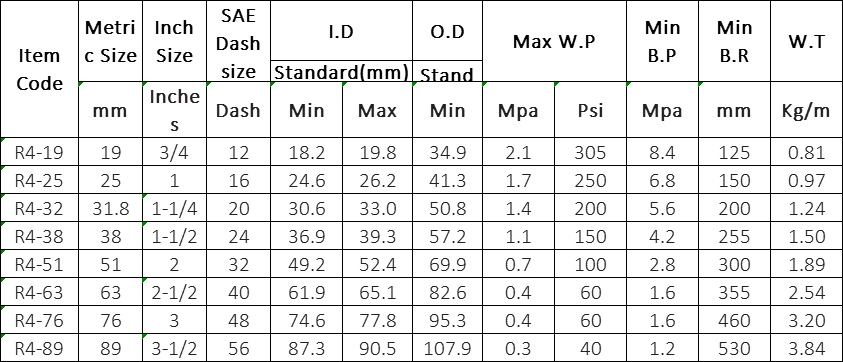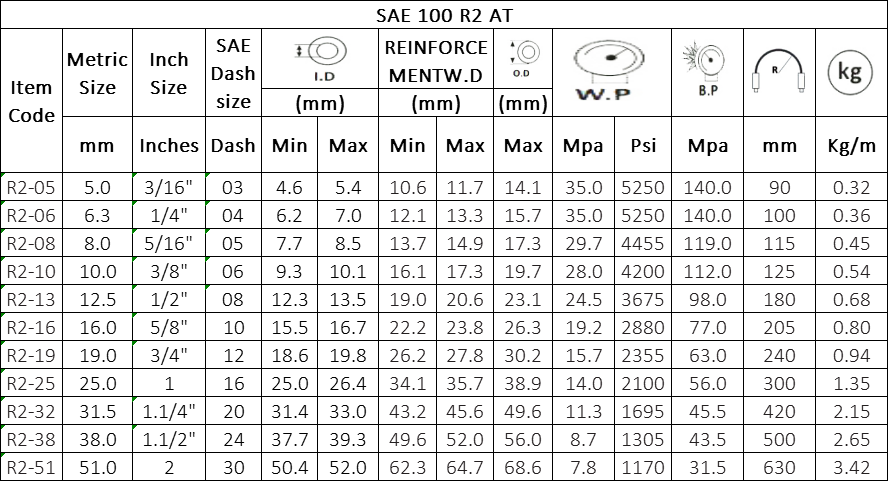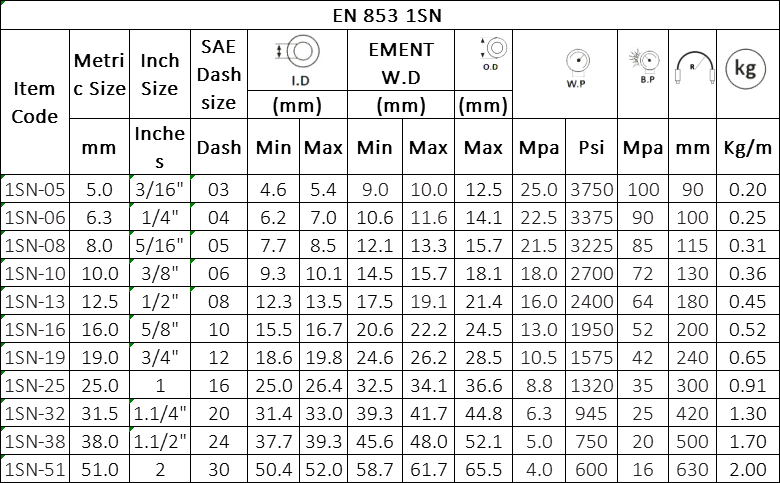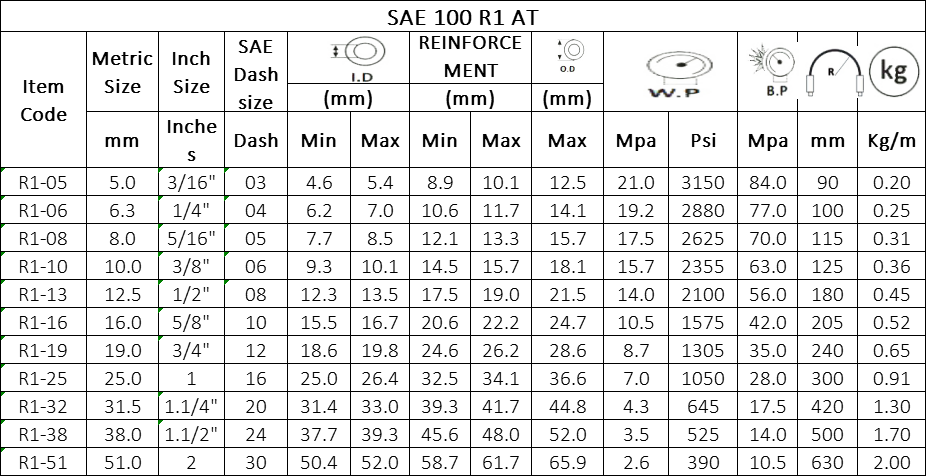In 1819, the Scottish chemist Ma Jintoxi discovered that the
rubber was solubilized in a volatile oil extracted from coal tar. As a result, people used coal tar, turpentine, and oil to dissolve rubber, and obtained a large number of rainproof products.
In 1839, American Charlie Goodyear invented the
rubber vulcanization technology to solve the problem that the rubber softens and becomes sticky at high temperatures, and the temperature is low and hard and brittle. Rubber has always been omnipotent and played an indispensable role in the era of the industrial revolution. Rubber washers are used on the steam engine, and the rubber is made into an eraser, a balloon, a tape, a waterproof boot, an inflatable boat mat, and the like.
In 1845, Thomson invented the inflatable rubber tube sleeve on the car and obtained the patent.
In 1875, the chemist Buchada made an artificial rubber.
In 1888, the British Dunluc became a steam tire.
1890 tires for bicycles,
In Germany, for the first time in 1917, synthetic rubber was produced from 2,3-dimethyl-1,3-butadiene, which was named methyl rubber W and methyl rubber H.
From 1927 to 1928, J.C. Patrick of the United States first synthesized polysulfide rubber (polytetraethylene sulfide). W.H. Carothers synthesized 2-chloro-1,3-butadiene by the method of J.A. Newland to obtain a neoprene rubber.
In 1931 DuPont carried out a small production. The Soviet Union used the method of С.Β. Lebedev to synthesize butadiene from alcohol, and used sodium metal as a catalyst to carry out liquid phase bulk polymerization to obtain sodium butadiene rubber. In 1931, a 10,000-ton production unit was built. During the same period, Germany synthesized butadiene from acetylene and sodium as a catalyst to prepare sodium butadiene rubber.
In the early 1930s, the establishment of the macromolecular long-chain structure theory of Germany H. Staudinger (1932) and the chain polymerization theory of the Soviet Union H.H. Semenov (1934) laid the foundation for the polymer discipline. At the same time, the polymerization process and rubber quality have also been significantly improved. Representative rubber types that have appeared during this period are: styrene-butadiene rubber obtained by copolymerization of butadiene and styrene, and nitrile rubber obtained by copolymerization of butadiene and acrylonitrile.
In 1935, the German company was first producing nitrile rubber.
In 1937, the company built a styrene-butadiene rubber industrial production plant at the Buna Chemical Plant. Due to its excellent comprehensive properties, styrene-butadiene rubber is still the largest variety of synthetic rubber, and nitrile rubber is an oil-resistant rubber. It is still the main type of special rubber.
In the early 1940s, due to the urgent need for war, the development and commissioning of butyl rubber technology was promoted.
In 1943, the United States began trial production of butyl rubber. By 1944, the annual production of butyl rubber in the United States and Canada was 1,320 tons and 2,480 tons, respectively. Butyl rubber is a very airtight synthetic rubber that is best suited for tire inner tubes. Later, there were many new varieties of specialty rubber. For example, General Electric Company of the United States began producing silicone rubber in 1944, and Germany and the United Kingdom produced polyurethane rubber (see polyurethane) in the early 1940s. -
After the Second World War, various synthetic rubbers came into being. For example, sodium butadiene rubber obtained by polymerizing butadiene using sodium as a catalyst, styrene-butadiene rubber obtained by polymerization of butadiene and styrene, neoprene rubber obtained by polymerization of chloroprene, and the like are synthesized.
In 1955, isoprene was polymerized using a catalyst used by Ziegler in polymerizing ethylene. For the first time, synthetic natural rubber with the same structure as natural rubber was synthesized by artificial method.
Ethylene-propylene
rubber, which was produced from the two simplest monomers, ethylene and propylene, was also successful. In addition, various rubbers with special properties have appeared.











































